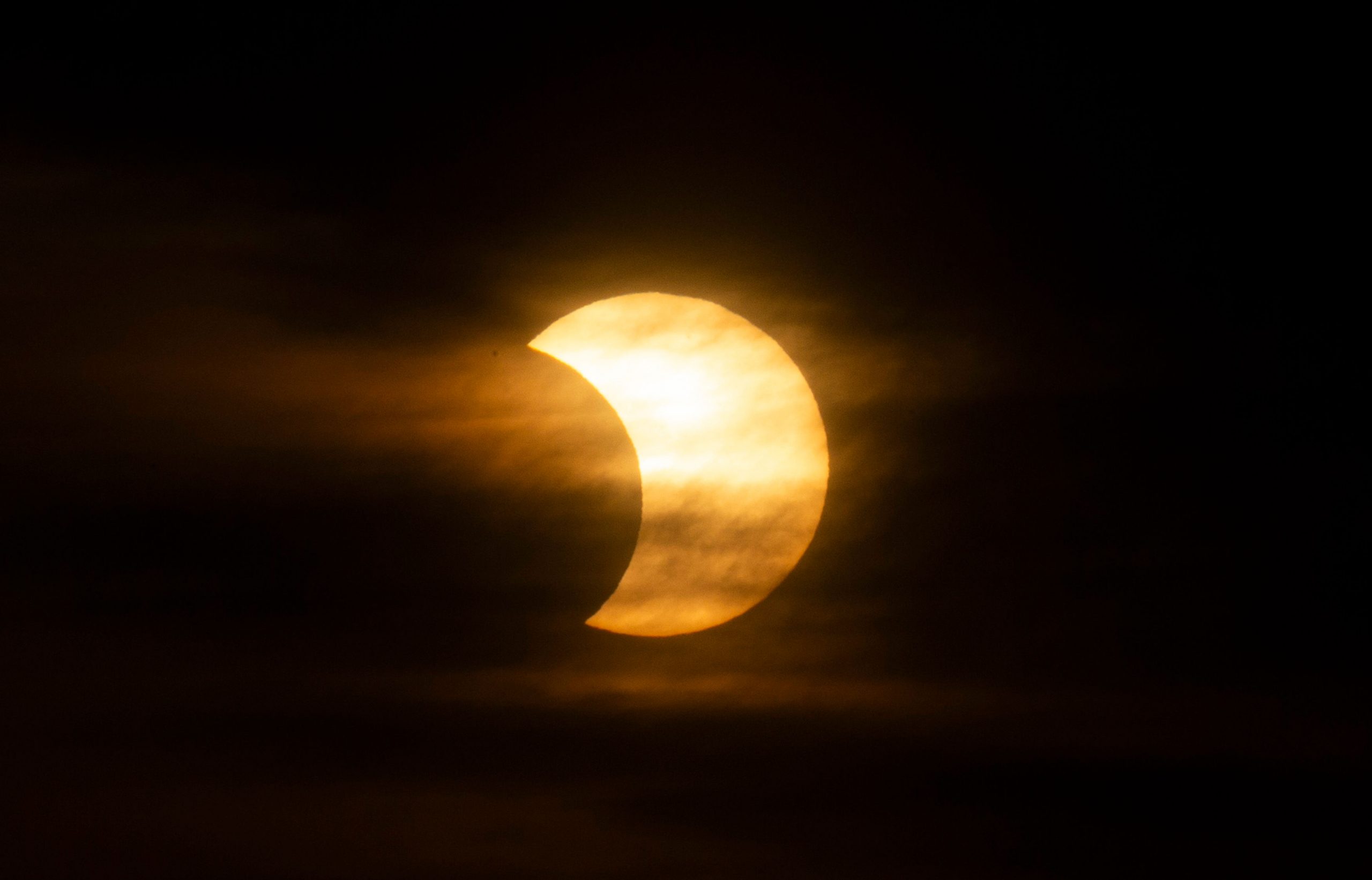As the world awaits the last solar eclipse of the year, it is vital to take necessary precautions in case the eclipse is visible in your country. Occurring on December 4, only some parts of the world will witness this celestial event. Countries like India will miss out on it, and Antarctica will be the only place on earth to witness the solar eclipse in all its glory.
A solar eclipse is a celestial phenomenon that occurs when the moon comes between the sun and earth, blocking sunlight, resulting in a shadow being cast on parts of earth. An eclipse can be partial or total, where the former blocks out only a part of the sun, and the latter completely obliterates sunlight for a while.
Also Read: Major space events in the celestial calendar of 2021
Eclipses can severely damage the human eye if seen without protective gear like special sunglasses.
Also Read: Astronauts turn farmers, harvest second batch of chilly in zero gravity
Looking at a solar eclipse through the naked eye puts you at risk of central retinal burn, known as solar retinopathy. On normal days, we cannot look at the sun directly because of the intensity of the sun’s rays, which causes us to squint, tear up and close our eyes. On the other hand, during a solar eclipse, as the sun’s rays greatly decrease, it’s easier to look directly at it. This allows ultraviolet rays to penetrate the naked eye, causing central retinal damage, which further leads to loss of central vision.
Also Read: Why increased rainfall in the Arctic is bad news for the whole world
This damage can be chronic or temporary and can be painless. It occurs on the macula of the retina. The damage can take hours to show up and can cause vision loss or distorted vision.
A person with central retinal damage would then be able to have peripheral vision but lose visibility in the center of the eye, and see a black spot.







